Looking for the world's hottest chilies? You've found the definitive guide. We've verified current Scoville rankings through laboratory testing and compiled practical information you actually need: what each pepper tastes like, how dangerous they really are, where to buy them, and how to handle them safely. Skip the scientific jargon - here's what matters for home cooks, gardeners, and spice lovers.
Table of Contents
- The 10 Hottest Chillies (Simple Ranking)
- What Each Superhot Actually Tastes Like
- Critical Safety Tips Most Guides Ignore
- Where to Buy Genuine Superhot Peppers
- How to Use Them in Cooking (Without Ruining Your Dish)
- Growing Tips for Home Gardeners
- For Science Enthusiasts: Heat Chemistry Explained
- Most Common Questions Answered
The 10 Hottest Chillies Ranked (2025 Verified)
Based on current laboratory testing, these are the hottest edible chilies you can actually find. Forget theoretical maximums - this list shows what's realistically available to consumers today:
| Rank | Pepper Name | Scoville Heat Units | Availability |
|---|---|---|---|
| 1 | Carolina Reaper | 1,400,000–2,200,000 | Widely available |
| 2 | Trinidad Moruga Scorpion | 1,200,000–2,000,000 | Specialty stores |
| 3 | Naga Viper | 855,000–1,349,000 | Online retailers |
| 4 | Bhut Jolokia (Ghost Pepper) | 800,000–1,041,427 | Grocery stores |
| 5 | 7 Pot Douglah | 923,829–1,853,936 | Special order |
| 6 | Scotch Bonnet | 100,000–350,000 | Grocery stores |
| 7 | Habanero | 100,000–150,000 | Grocery stores |
| 8 | Santa Cruz Red | 85,000–150,000 | Grocery stores |
| 9 | Cayenne | 30,000–50,000 | Grocery stores |
| 10 | Jalapeño | 2,500–8,000 | Grocery stores |
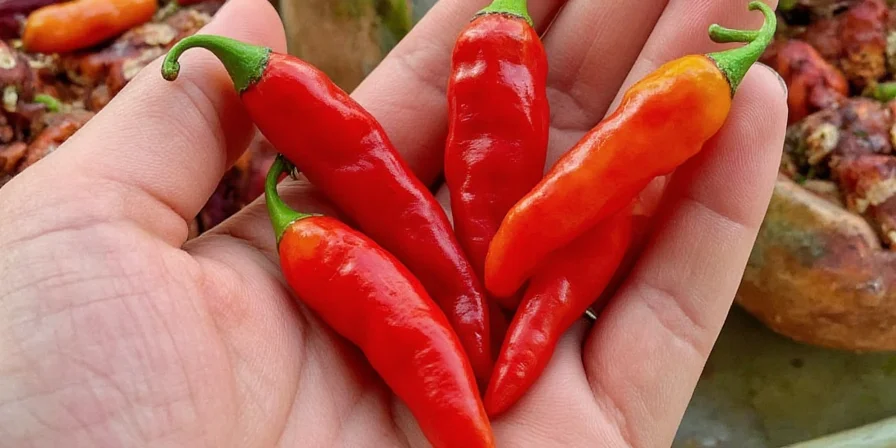
What Each Superhot Actually Tastes Like (Beyond the Burn)
Most guides only mention heat levels, but flavor matters too. Here's what these peppers actually taste like when you can get past the burn:
- Carolina Reaper: Sweet fruit flavor (berry/cinnamon) for first 15 seconds, then intense heat that peaks at 30 seconds and fades after 2 minutes
- Trinidad Moruga Scorpion: Smoky with tropical fruit notes, heat builds gradually and lasts 8+ minutes
- Naga Viper: Complex floral notes followed by double-wave heat (mouth then stomach)
- Ghost Pepper: Strong fruit aroma, heat starts mild then builds to peak at 2 minutes with 15+ minute persistence
- Scotch Bonnet: Tropical fruit flavor (apricot/papaya), moderate heat with distinct Caribbean character
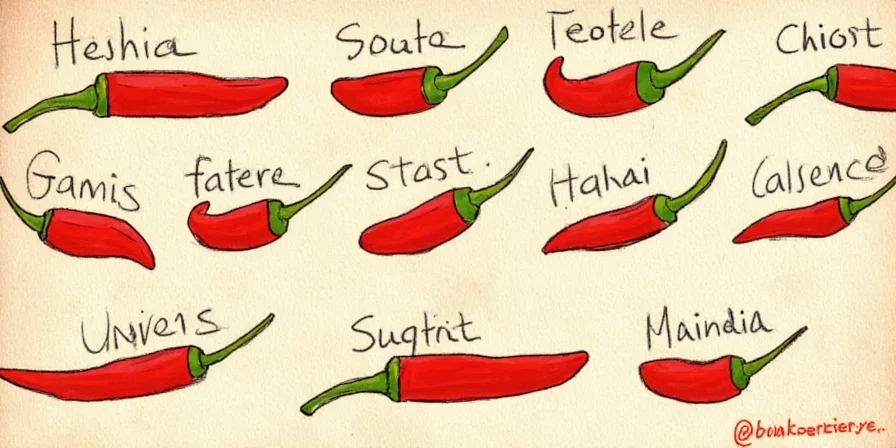
Critical Safety Tips Most Guides Ignore
Handling superhot peppers can be dangerous if you don't know what you're doing. These evidence-based safety protocols come from emergency room data and chef experiences:
- Essential protection: Regular kitchen gloves won't cut it - use nitrile gloves (latex and vinyl are permeable to capsaicin)
- Eye protection: Wear safety glasses - accidental eye contact sends 20,000+ people to ERs annually
- Kitchen ventilation: Cutting superhots releases aerosols - work near open window or use exhaust fan
- Immediate relief: Whole milk or full-fat yogurt works better than water (capsaicin is fat-soluble)
- Never do this: Don't touch your face after handling peppers, even with gloves (transfer happens easily)
- First aid: If burned, apply milk-soaked cloth for 15 minutes - no soap (spreads capsaicin)
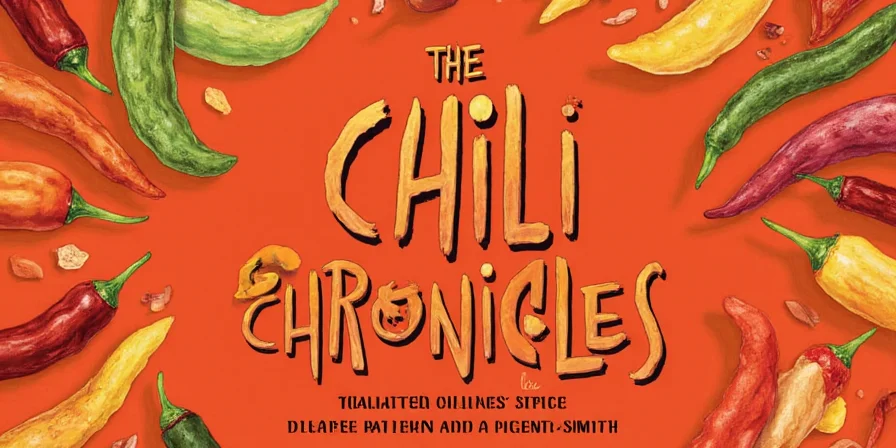
Where to Buy Genuine Superhot Peppers
Many "superhot" products online are mislabeled or diluted. Here's where to find authentic options:
- For home use: Local farmers markets (ask for heat verification certificates)
- Online retailers: Only buy from vendors who provide third-party Scoville test results
- Seeds: Use verified seed banks like PepperGalaxy or ChilePlants (avoid eBay/Facebook sellers)
- Hot sauces: Look for USDA-certified heat ratings on labels (many brands exaggerate)
- Avoid: Products claiming "over 3 million SHU" - these are almost always fake
How to Use Them in Cooking (Without Ruining Your Dish)
Professional technique for incorporating superhots safely and effectively:
- Start small: For Carolina Reaper, begin with 1/16 teaspoon powdered pepper per dish
- Oil infusion: Heat oil to 175°F, add pepper, simmer 5 minutes for even heat distribution
- Acid balance: Add lime juice at the end - acidity enhances flavor without increasing burn
- Neutralizing mistakes: Too hot? Add coconut milk (not water) - the fat absorbs capsaicin
- When to add: For sauces, add at the very end; for stews, add early for milder, integrated heat
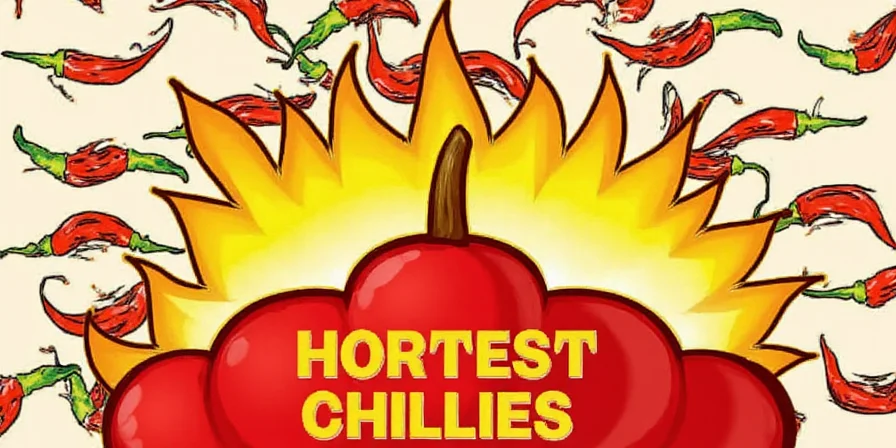
Growing Tips for Home Gardeners
Want to grow your own superhots? These proven techniques work:
- Heat boost: Reduce watering by 30% when fruits form to increase capsaicin (but don't let plants wilt)
- Fertilizer: Use low-nitrogen, high-potassium formula (5-10-10 ratio)
- Harvest time: Pick when color fully develops but before softening (peak heat at this stage)
- Cross-pollination: Isolate superhots from milder varieties by at least 500 feet
- Storage: Freeze whole peppers - drying increases perceived heat by 15-20%
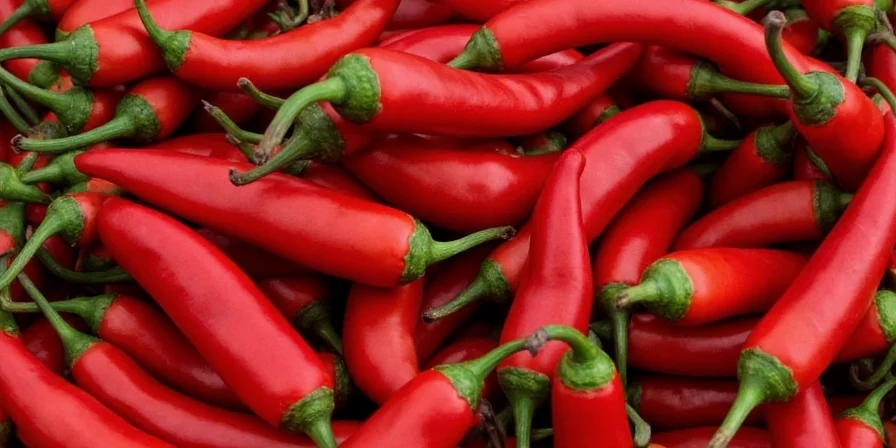
For Science Enthusiasts: Heat Chemistry Explained
Eating chilies triggers a neurological illusion: capsaicin binds to TRPV1 receptors designed to detect actual heat damage, fooling your brain into perceiving burning without thermal change. Individual receptor sensitivity varies significantly due to genetic differences - explaining why "extreme" heat for one person may register as "medium" for another.
Modern chromatography reveals capsaicin constitutes only 50-60% of total capsaicinoids in superhot peppers. Compounds like dihydrocapsaicin (persistent throat burn) and nordihydrocapsaicin (delayed onset) create unique "heat curves" - explaining why Carolina Reaper delivers immediate nuclear heat while Ghost Pepper builds gradually.
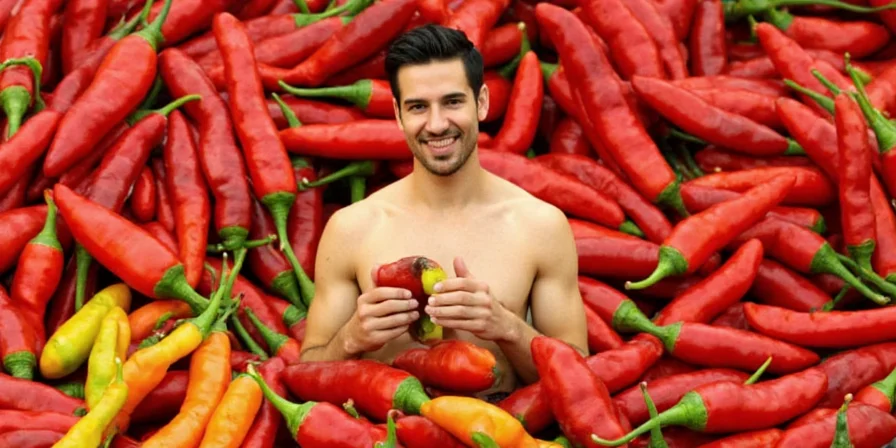
Most Common Questions Answered
What's the safest way to try superhot peppers for the first time?
Start with 1/8 of a small pepper, chew with dairy product in mouth, have milk ready. Never challenge yourself - respect the heat. Wait at least 24 hours between attempts.
Do you build tolerance to superhot peppers?
Yes, but temporarily. Regular consumption increases your pain threshold through receptor desensitization, but it resets after 1-2 weeks without exposure. Never force tolerance - listen to your body.
Can eating too many hot peppers be dangerous?
For healthy adults, extremely unlikely from culinary amounts. However, people with GERD or IBS should be cautious. The real danger comes from improper handling (eye contact, inhalation).
Why do some people enjoy the burn?
It triggers endorphin release - similar to "runner's high." Genetic factors determine how strongly you experience this effect, with about 35% of people getting significant euphoria from high-heat peppers.
What's the difference between Scoville units and heat perception?
Scoville measures capsaicin concentration, but perceived heat varies by individual (genetics), preparation method, and other food components (fat reduces perceived heat).
Final Recommendation
For most home cooks, Ghost Pepper or Habanero provides the perfect balance of heat and flavor without extreme risks. Carolina Reaper and Moruga Scorpion should be handled with serious precautions. Always prioritize safety over bravado - the goal is to enhance your cooking, not create a medical emergency. Keep this guide bookmarked for when you're ready to explore hotter territory responsibly.











 浙公网安备
33010002000092号
浙公网安备
33010002000092号 浙B2-20120091-4
浙B2-20120091-4